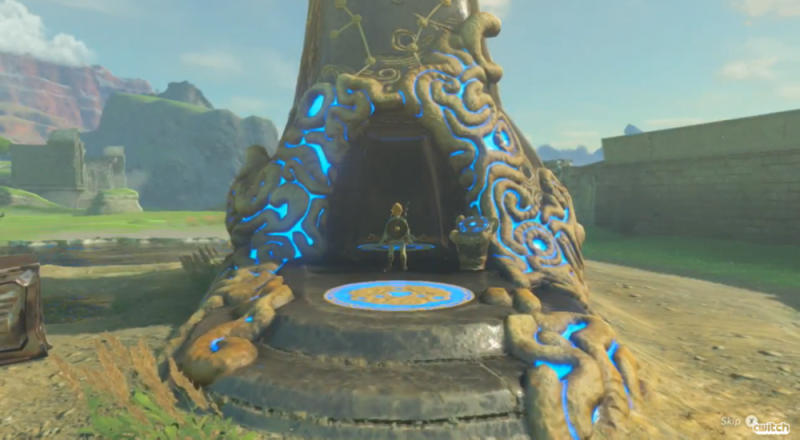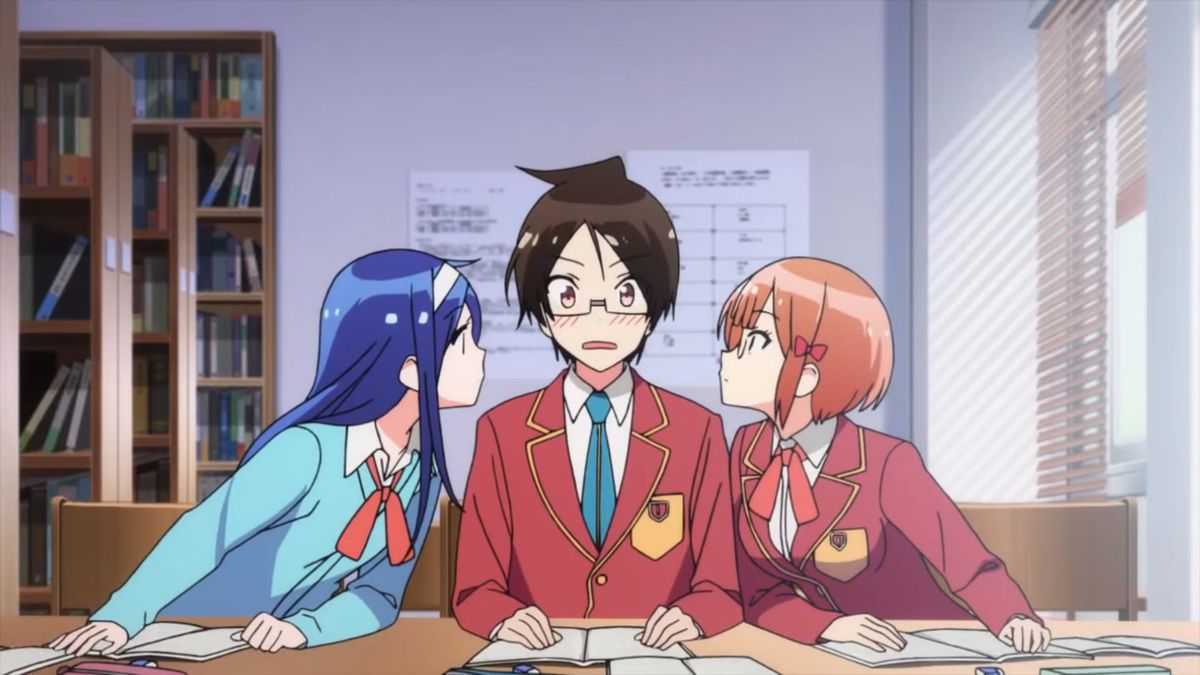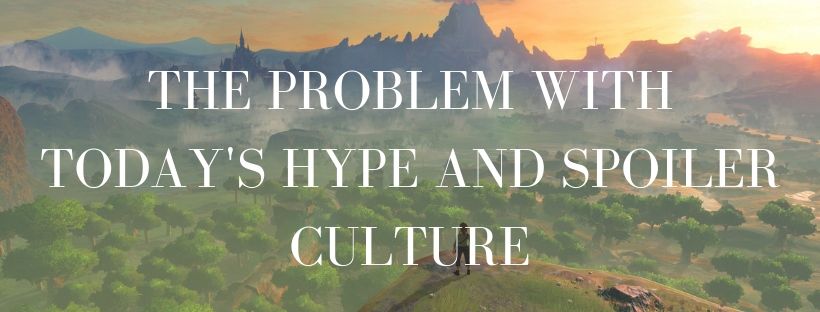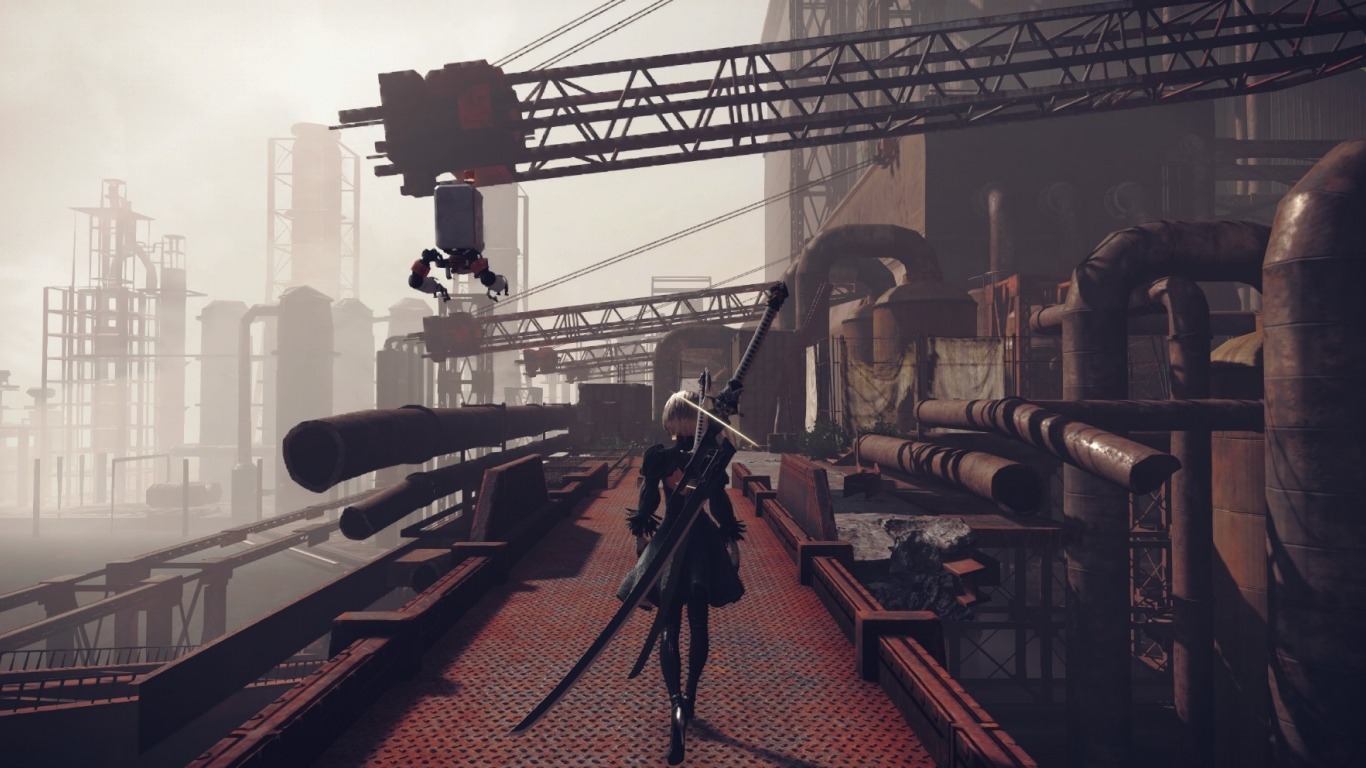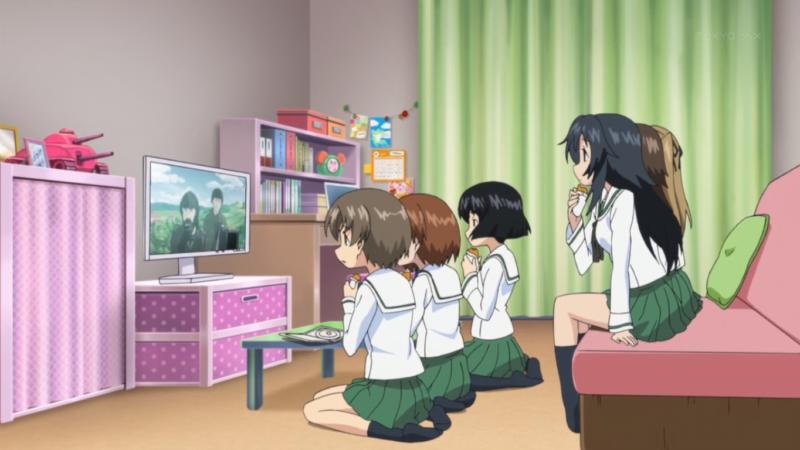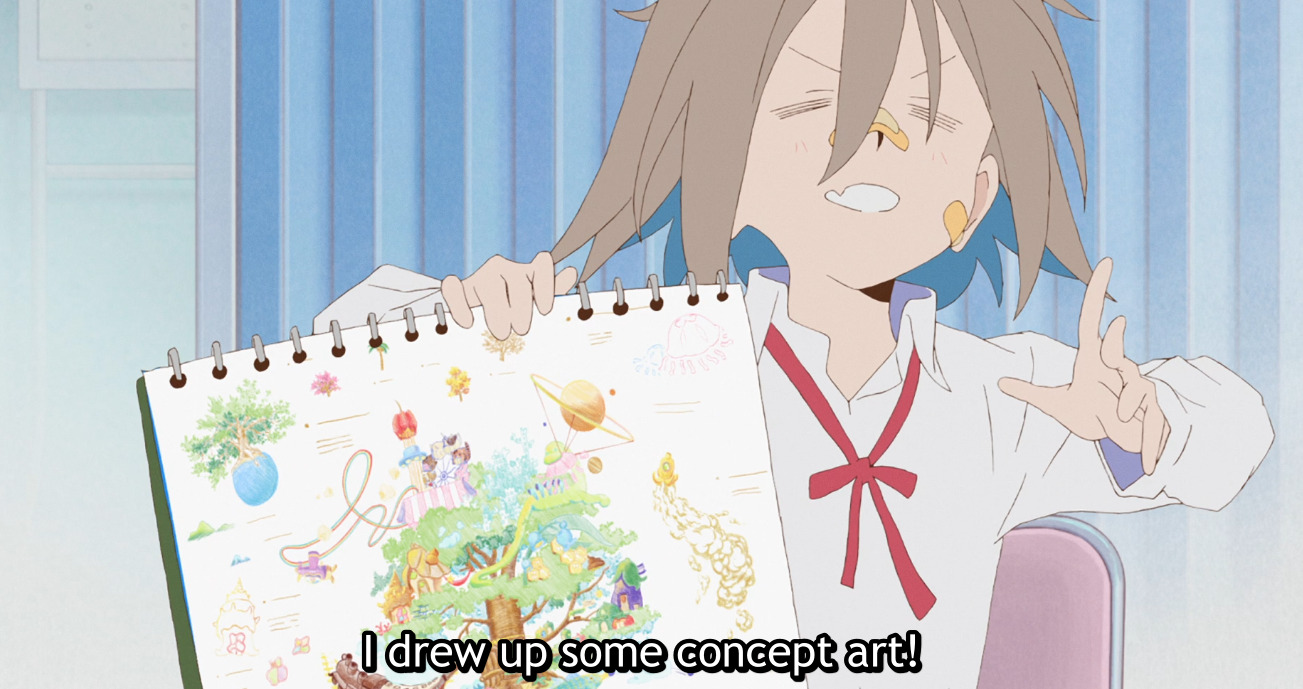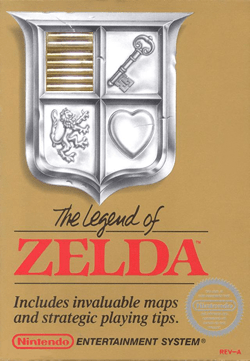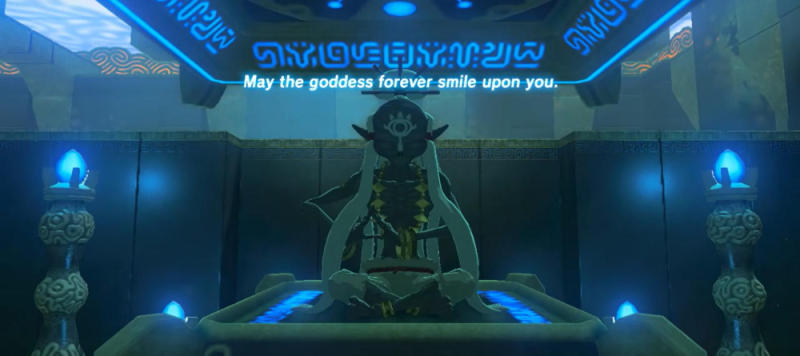
Well, they aren’t exactly strange. Mummies appear throughout the series, but these mummies are strange because they aren’t enemies–they are failed protectors. You’ll find them enshrined behind a barrier and wearing the garb of Sheikah clerics. As a reward for clearing the trials, they offer you a spirit orb, the manifestation of their spiritual power. What’s more, you’ll see these mummies wait in various meditative poses straight out of Buddhist texts. It’s unusual for the Legend of Zelda to show such distinct religious elements. You’ll see hints, like the shield emblem from the original Legend of Zelda, but you don’t usually see a distinct religious practice. The mummies you see are based on reality: sokushinbutsu.
Those Who Want to Die for Others

Sokushinbutsu or “Buddhas in Their Very Body” aren’t considered mummies by their worshipers. Mummies are made by preserving the body after death, but these monks aren’t considered dead by followers. Rather, their spirits are preserved in their bodies in a state of deep meditation (Clements, 2016).
Would-be sokushinbutsu follow a path set by the founder of the Shingon tradition, Kukai. He believed it was possible to attain Buddhahood in the believer’s current body instead of some future incarnation as other schools believe. For his part, Kukai is said to be eternally meditating somewhere at Mt. Koya. In fact, the tradition closely associates with mountains including Mt. Yudono, Mt. Haguro, and Mt. Gassan. The belief led monks to practice harsh austerities such as fasting and reciting sutras under icy waterfalls and, for some, self-mummification.
Why would anyone want to mummify themselves? Well, it’s believed sokushinbutsu have a strong motivation to help people in need. They freely offer their powers to save people from problems that range from starvation to taxes. Sokushinbutsu are rare, which adds to their mystique and powers. About 21 sokushinbutsu are found in Northern Japan, and we know of 9 more from historical records. The oldest dates to 1683 and the most recent dates to 1903. This monk was enshrined only after World War II (Clements, 2016). The desire to help people in their suffering drove a few men (only men can become sokushinbutsu) to undergo the process.
Sokushinbutsu are found in China as well. A Chinese Buddhist statue contains the remains believed to be of Liuquan, the master of the Chinese Meditation School who died around the year 1100. We don’t know for certain if he mummified himself, but researchers suspect he went through the process. According to Vincent van Vilsteren, a museum curator (Winter, 2015; Self-made Mummy, 2015):
“We suspect that for the first 200 years, the mummy was exposed and worshiped in a Buddhist temple in China. Only in the 14th century did they do all the work to transform it into a nice statue.”
How to Mummify Yourself
Back in Japan, the self-mummification process builds from the already ascetic diet of Shingon monks. Monks who want to become sokushinbutsu observed a strict diet that forbids meat, alcohol, rice, wheat, soybeans, adzuki beans, black sesame seeds, barnyard grass (maybe backyard grass is okay?), millet, foxtail millet, buckwheat, and corn. They usually ate nuts, roots, and pine bark. The diet made sure the monk didn’t have body fat to decay. Some monks ate bark and sap from the tree used to make lacquer.
They would also seclude themselves in the mountain in 1,000 day intervals. Some for as long as 4,000 days or just shy of 11 years. Cold winters and daily cold water meditation practices combined with being forbidden to seek medical help killed many would-be sokushinbutsu before they could reach their goals. After this period ended, they would start the mummification process–such as drinking tea poisonous enough to deter maggots (Winters, 2015). The process ended with being buried alive with only a tube to allow them to breath. They would then meditate until starvation claimed them.
Then, 3 years and 3 months later, people exhumed the new sokushinbutsu, dressed him in clerical robes, and enshrined him. The Shingon tradition believes these monks will remain in deep mediation until Maitreya, the Future Buddha, descends from Tusita Heaven in the distant future (Clements, 2016). Maitreya is thought to come after the dharma (the path to compassion/enlightenment) is forgotten in the future and succeed Śākyamuni as the Buddha (the current Buddha).
Failure and Loneliness in Breath of the Wild
The mummies we find in Breath of the Wild‘s shrines pull from this tradition. These monks went into the shrines to meditate and await the coming of the Hero, becoming sokushinbutsu in the process. Tragically, they could do nothing to protect the people outside the shrines from the destruction that befell them. Throughout Breath of the Wild, you’ll see people seeking out the shrines–some looking for blessings or help. But the eternals inside could do nothing.
Now, I’ve seen people complain about how empty the world of Breath of the Wild is (it is mostly wilderness, after all). But the landscape acts as a storytelling method. That emptiness, the loneliness, speaks to the destruction and suffering that happened. The shrines housing the powerless sokushinbutsu add to this story. Throughout the game, you encounter people who have accepted their helplessness and the brutal life they live. You see people attacked outside the shrines and scattered settlements. Breath of the Wild reveals what happens when heroes fail.
The use of sokushinbutsu speaks of the level of desperation and fear within Breath of the Wild. Over 120 people willingly mummified themselves in order to await the hero. That means far more failed in the attempt and died in the process. What’s more, they did this 10,000 years before events in Breath of the Wild. Yet, in the end their sacrifice turned out to be in vain. When Ganon arrived, they could do nothing to stop him from murdering the populace.
The theme of loneliness runs deep through Breath of the Wild. The story even centers on on it, and how the hero can’t succeed alone. Sokushinbutsu, like many of the other design choices you see throughout the game, emphasizes this theme.
References
Clements, F. W. (2016). The Buddhas of Mount Yudono: Sacred Self-Mummification in Northern Japan. Expedition, 58(2), 30-34.
Self-made Mummy?. (2015). Junior Scholastic, 117(11), 5.
Winter, M. (2015) A painful path to enlightenment; CT scan on a Buddhist Statue reveals remains of a monk who underwent torturous self-mummification 1,000 years ago. The Toronto Star.
